The Triskelion: An Ancient Symbol of Eternal Motion
5/16/2025 12:47 PM
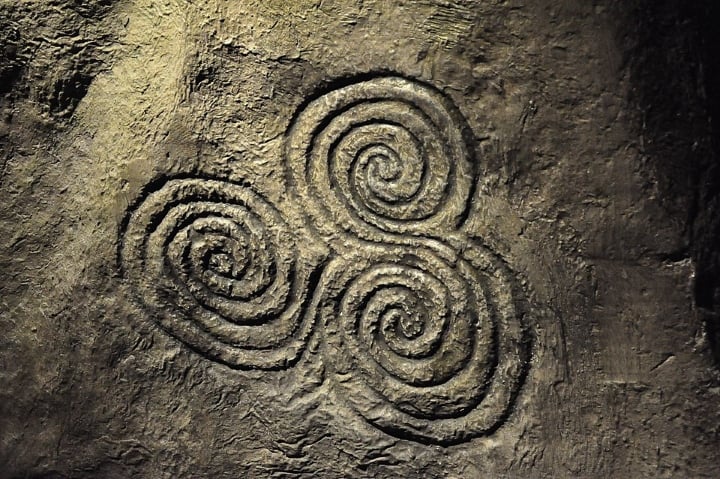
The Triskelion: Ancient Symbol of Eternal Motion
I first stumbled across the triskelion while digging into my Irish heritage, looking at Celtic symbols on the internet. Its three spiraling arms, curling out from a central point, looked like they were caught mid-dance, whispering something about motion, balance, maybe even the stars. Known as the triple spiral or triskele, this symbol shows up across cultures, from Neolithic Europe’s stone tombs to ancient Greek coins and the woven knotwork of Celtic designs. It grabs you, pulls you in, but its true meaning? That’s a riddle that’s been stumping folks for ages, and I’m no closer to cracking it.
You can see it carved into the stones of Newgrange in Ireland and Gavrinis in France, dating back to 4500 BCE, like it’s trying to tell us something about life, death, or starting over. At Newgrange, there’s this 19-inch spiral stone right at the entrance, set up so the winter solstice sun hits it just right—honestly, that kind of precision gives me goosebumps, because it’s not just decoration, it’s a nod to the universe. By the Bronze Age, the triskelion was popping up all over Europe, in Mycenaean Greece and on Sicilian coins, where it stood for the island’s pride. In Celtic La Tène art, its lively swirls jazzed up shields, rings, and manuscripts, practically buzzing with energy. The Greeks called it triskeles, meaning “three-legged,” for its later look, like three bent legs sprinting in a circle. But where did it start? Did every culture cook it up on their own, or did it spread through ancient markets and sailors’ tales? Without old journals to check, we’re just spitballing.
Those three arms kick off all sorts of theories, usually about things in threes. Some say it echoes Celtic ideas—land, sea, sky, or birth, life, death. Others tie it to the triple goddess—maiden, mother, crone—straight out of ancient stories. Its spirals scream change: the sun’s journey, the shift of seasons, or time itself, always turning. In Greece, it was about pushing forward, stamped on warriors’ shields or as Sicily’s badge, maybe hinting at the island’s three-pointed shape. Modern spiritual types see it as a guide for growth, each arm a step toward some inner light. But—real talk—nobody’s got the full scoop. Ancient texts don’t lay it out, so everyone, from pagans to Christians, just slapped their own ideas on it, making the puzzle even murkier.
Today, the triskelion’s sharp design keeps it kicking. It’s a favorite in Celtic revival scenes, etched into tattoos, necklaces, or shop signs as a shout-out to heritage and soul. In Sicily, it’s like a local hero, waving on flags and tourist trinkets. Fantasy novels and video games eat it up, tossing in vibes of ancient secrets or magic. But it’s not all rosy—some shady groups have tried to hijack it, which makes my stomach turn, because it feels like they’re snatching something sacred. It’s both a shared human symbol and tied to specific places, which is why it stirs up fights about who gets to claim it.
What gets me is how the triskelion feels like it’s still spinning, hinting at truths we can’t quite touch. Was it a priest’s holy sketch, a charm against bad luck, or just a cool doodle? Did it shift meanings over time, or was it always about flow and harmony? Finding triskelion-like carvings in ancient India just throws more questions into the mix, like it was part of some bigger story we’ve lost. Its stubborn vagueness is its charm—it lets us see progress, connection, or whatever we’re chasing, while nudging us that the past keeps its secrets close.
For me, the triskelion is about becoming. Its arms don’t close up; they stretch out, open, like life’s constant reach. It’s the seasons rolling, the way finding this symbol tied me to my Irish roots, or how mind, body, and spirit prop each other up. Threes are special—a triangle’s the smallest shape that stands strong, steady but always ready to shift. Maybe it began as a tribute to the sun’s cycle, especially at Newgrange, where light and stone sync like magic. But its unfinished feel is what hooks me. It’s not about having all the answers; it’s about the ride—change that keeps coming, growth that doesn’t quit. I love that it doesn’t spill its guts. It’s like the world saying, “Keep moving, keep asking.”
The triskelion’s real gift is it doesn’t force one truth. It draws us in, makes us orbit the question, like its spirals do. Whether scratched into ancient rock or sketched in my notebook, it’s a reminder that life keeps turning, and at the center, there’s something quiet, solid, maybe even holy, holding it all together.
Updated: 7/2/2025
By: AC Venture
-
Let's Talk About Cups...
Cups: Emotions, relationships, intuition, and the inner self.11/2/2024 4:47 PM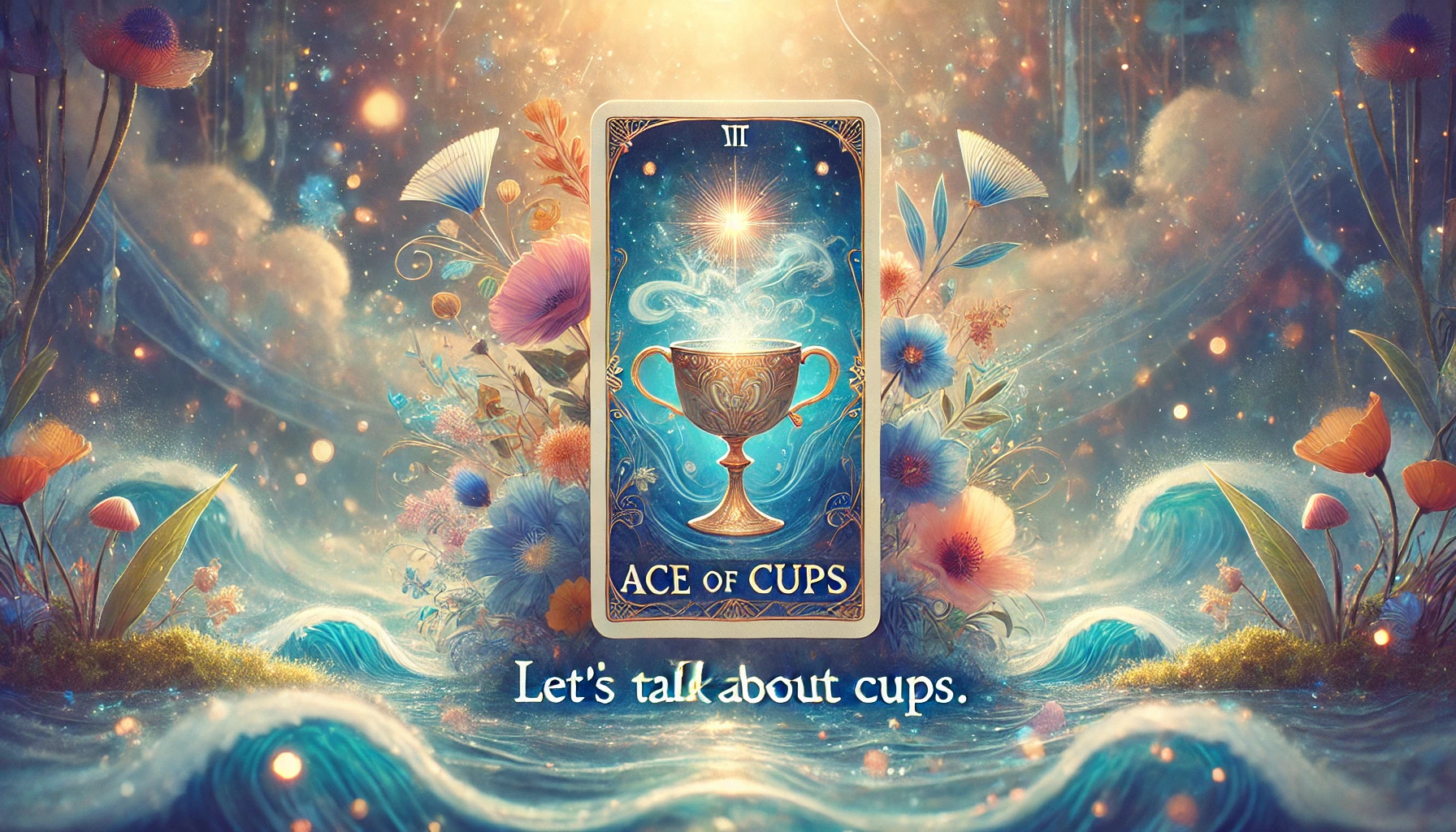
-
How to Choose a Tarot Significator
Let's shed some light on a nuanced process rooted in both tradition and personal intuition.11/8/2024 9:34 PM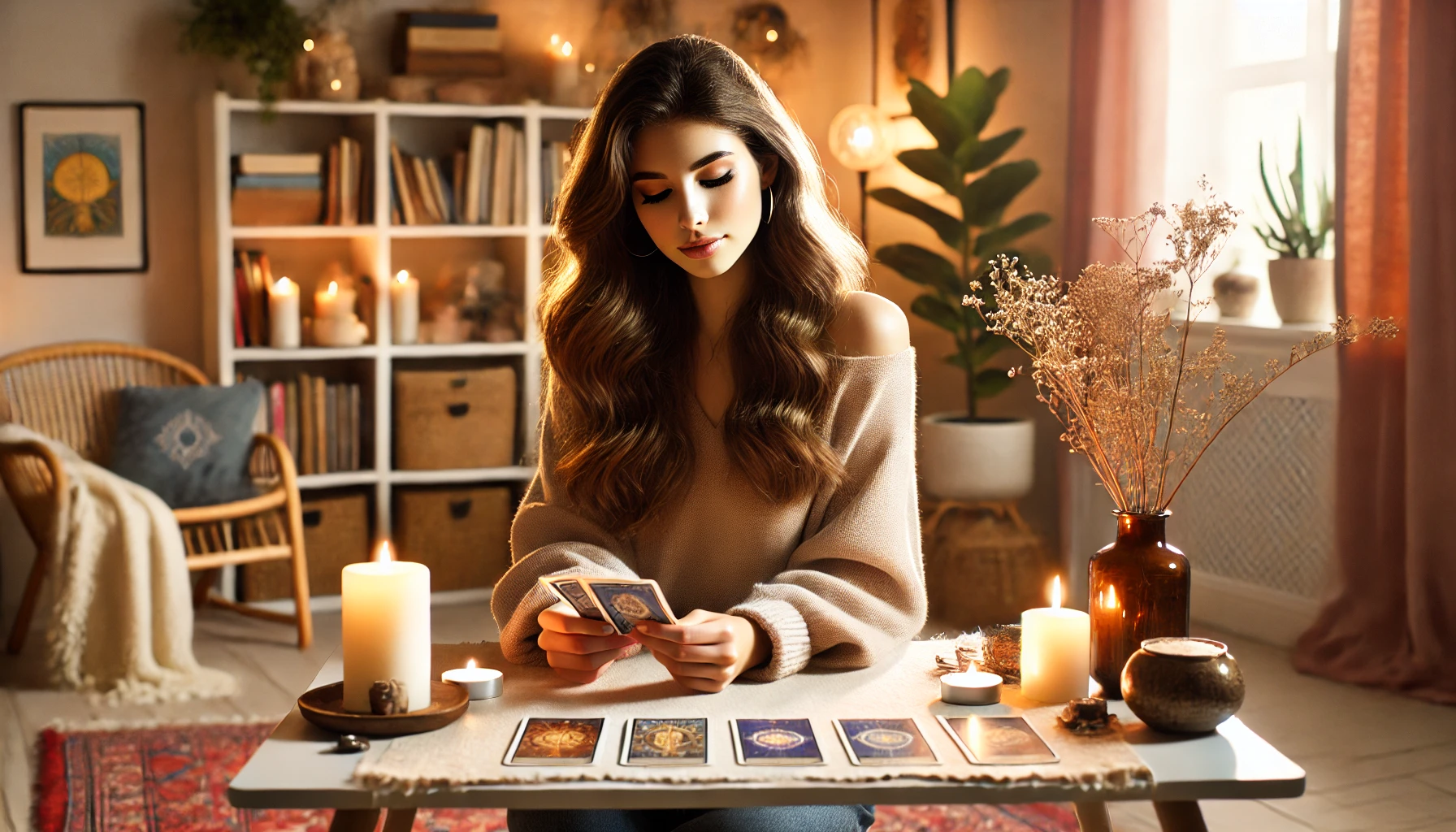
-
Welcome to TetraTarot
New Users Start Here4/16/2025 3:39 AM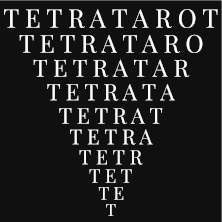
-
How To Read The Thoughts of Other People
These simple things can have a dramatic effect on every decision you make.4/23/2025 11:06 AM
-
Don't Fight the Current
Be like the water, flow with everything.4/26/2025 2:21 AM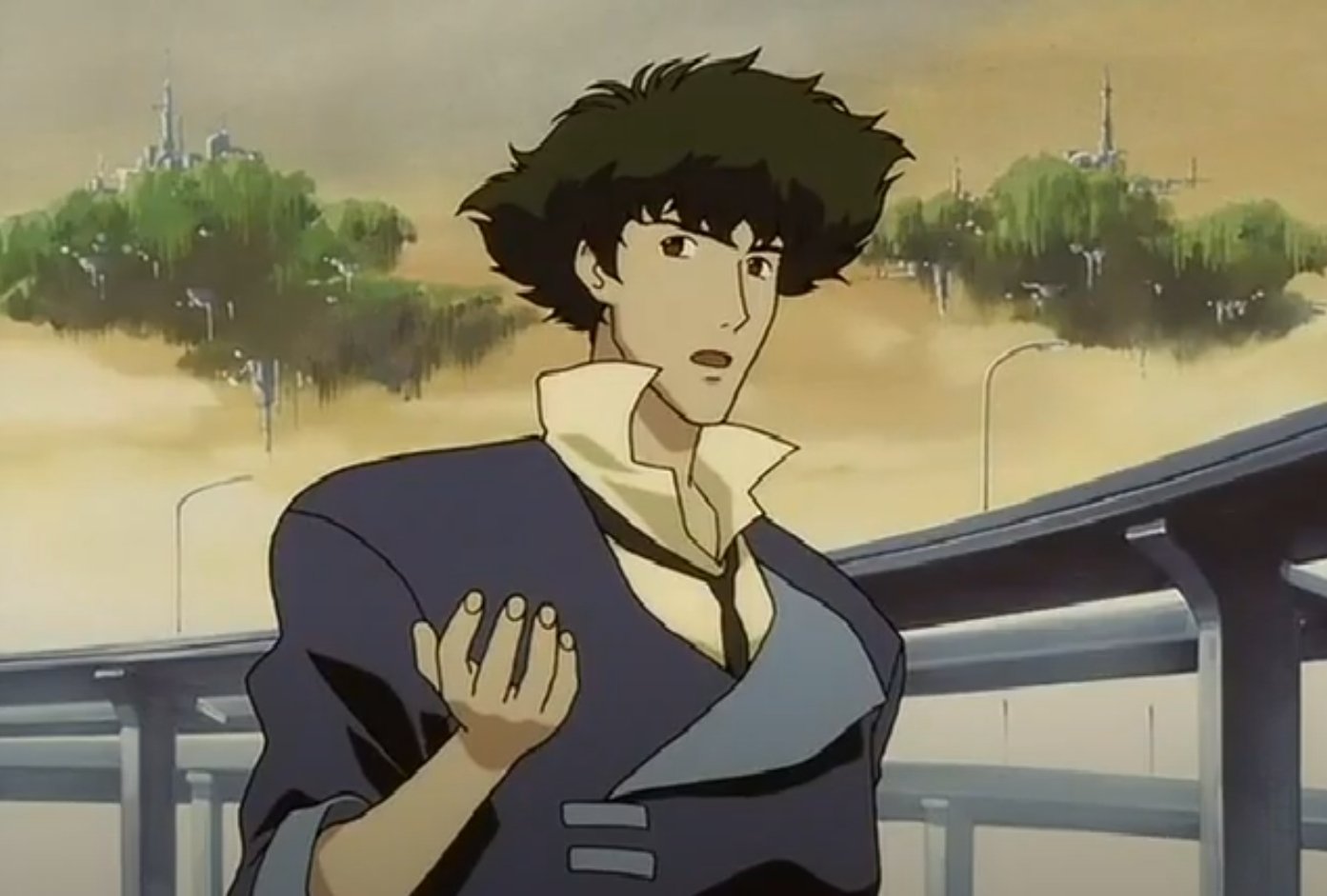
-
Let's Talk About Cups...
Cups: Emotions, relationships, intuition, and the inner self.11/2/2024 4:47 PM
-
How to Choose a Tarot Significator
Let's shed some light on a nuanced process rooted in both tradition and personal intuition.11/8/2024 9:34 PM
-
Welcome to TetraTarot
New Users Start Here4/16/2025 3:39 AM
-
How To Read The Thoughts of Other People
These simple things can have a dramatic effect on every decision you make.4/23/2025 11:06 AM
-
Don't Fight the Current
Be like the water, flow with everything.4/26/2025 2:21 AM